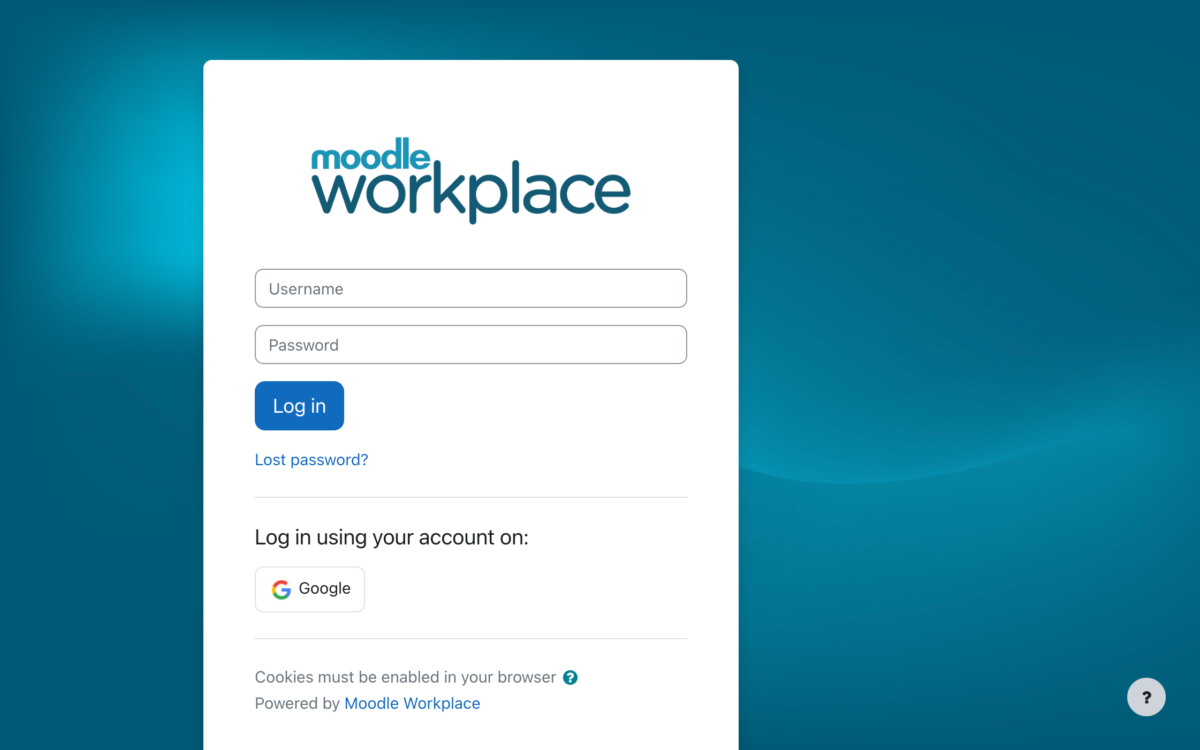As L&D professionals we are always talking about making content more interactive and learner-centric, so you might be thinking that integrating video into your course would be going against good instructional design as it is a passive medium. However, video can enhance your course design and maximise the learning for your learner.
I recently delivered a face-to-face training session on communication in the workplace and used two short videos of approximately two to five minutes to illustrate verbal and non-verbal communication. I decided to use video to initiate discussion because I knew the adult learners in the classroom would have been uncomfortable doing role-play and reflecting upon communication styles can be confronting when in a classroom situation. So, using video put the learners at ease and allowed them to reflect and share their thoughts in group discussion without feeling exposed.
Using video in elearning can boost the learner’s retention of knowledge and is a great medium to transfer knowledge. Scenario-based learning, simulations can help tell the story by making it relatable. Here, we offer tips for effective use of video in elearning.
Using video can facilitate discussion and promote self-reflection on work behaviour. Video’s complement the way you can chunk learning; a two-minute video. If you’re creating the video yourself — be patient — it does take time and skill to develop video. If you’re short on time and budget, consider the user-generated content on YouTube; there are countless of good instructional design videos and scenario-based videos to use that can enhance your course.
Tips for video use
- Make it short. Don’t forget to chunk information for video too; the message in the video should be easily understood, engage and facilitate discussion.
- Compress the files. If you’re embedding video within your online course, make sure you compress the files to make downloading the content fast. Consider using a script or storyboard — read our earlier post on storyboarding. Creating a video should also follow the same principles as written content; learning objectives should align or underpin the business objectives.
- Consider the learning platform; this is important especially if you are also delivering your course via mobile and tablet devices. Remember you can embed audio and video files using Moodle media. Make sure the editing icon is on, click the edit icon beside the rouse or activity required or use the Add a resource or activity link. If you get stuck, talk to us and we’ll help you through it.
- Use video to illustrate processes, how to do a task, or explore soft skills. As mentioned, I used video to create a forum for discussing communication skills. It’s easier to reflect on behaviour when you’ve watched someone else do it.
- Think about the content. Using a storyboard will help you to incorporate the learning objectives into the story.
- Think about the audience. Is using video the right delivery method? I chose video in my face-to-face class because it suited the learning style of the adult learners in the classroom.
Using video doesn’t have to be scary or expensive. Plan it right and practice! By not including video in your training and instructional design process you miss out on exploring the effective of a visual medium which can go a long way to emotionally engage learners.







